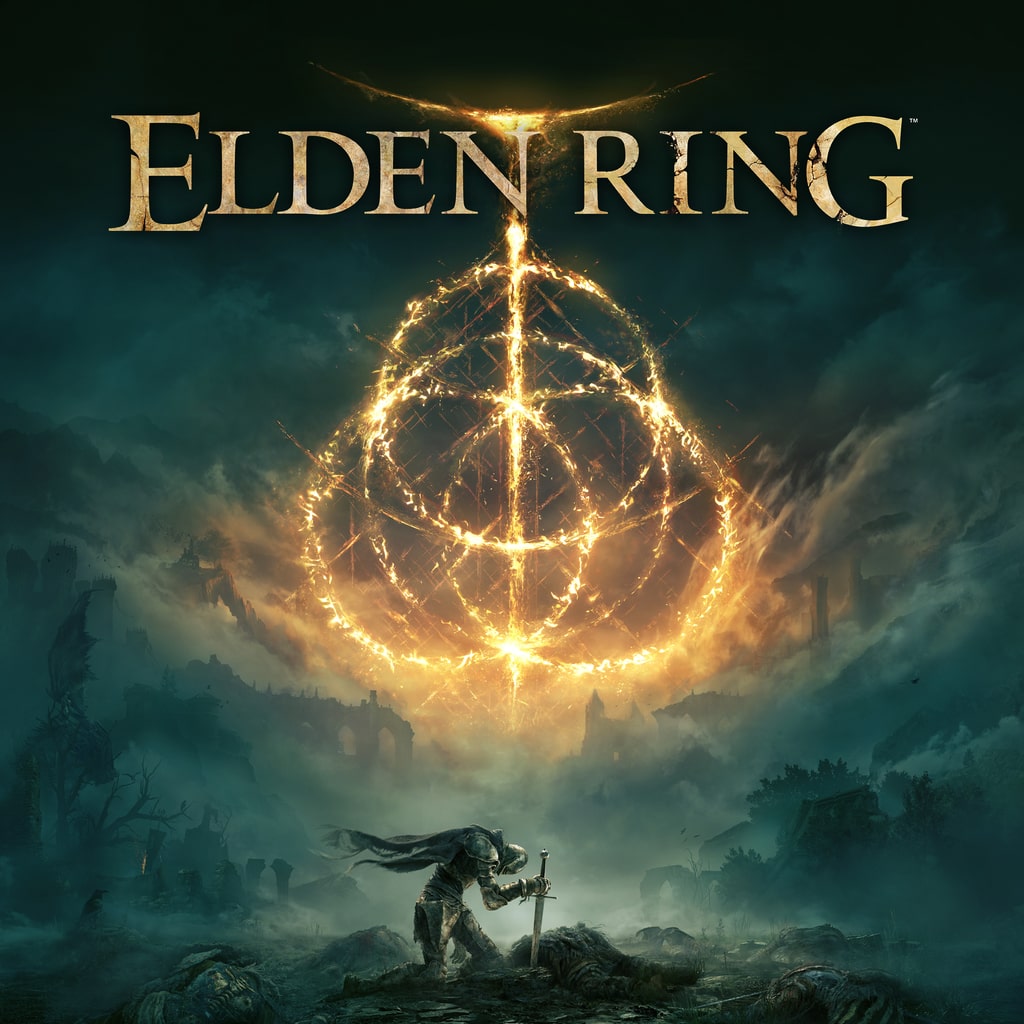My Problems With Elden Ring
I’ve only played through the first few hours of Elden Ring, where I progressed through Limgrave, eventually beating Margit the Fell Omen and almost reaching Godrick the Grafted through Stormveil Castle. Admittedly, the first few hours of a game as massive as Elden Ring isn’t always a comprehensive overview of what the game has to offer. Even so, everyone I’ve talked to who has completed Elden Ring has agreed that my criticism holds throughout the game’s entire run time. Keep in mind that you can agree with my criticisms and still enjoy the game, but if you happen to disagree with them, that’s also fine and I would like to listen to your arguments.
Combat
The first issue I have with Elden Ring is the enemy design. Overall, Elden Ring’s combat is exceptional. The player is equipped with a plethora of unique builds to complement an immersive dance of evasions and openings. FromSoftware has spent years refining Souls combat and the fruits of their labor are on full display here. Notwithstanding, many of Elden Ring’s enemies have much to be desired. The breadth of Elden Ring’s world entails a proportionate enemy diversity, but this inundates the world with unmemorable fodder enemies.For example, the beginning of Stormveil castle’s side path contains a few large birds with blades strapped to their feet, called Warhawks. In addition to feeling misplaced storywise–which is arguably acceptable in an already Lovecraftian setting–the Warhawks force the player to adjust to an attack pattern inconsistent with those of Stormveil castle’s other enemies. The problem isn’t that the Warhawks are difficult enemies, but that they are only one of many unique, tricky enemies newly thrown at the player throughout the side path. It’s unfair when the player constantly dies and fights the same enemies repeatedly just to reach another seemingly random enemy with a completely foreign attack pattern. Elden Ring’s boss fights are less frequent than these ordeals of erratically designed fodder enemies and are placed directly next to grace sites, which makes new attack patterns and difficulty spikes feel more welcome and rewarding. Furthermore, some of Elden Ring’s enemies ambush the player, such as in Stormveil Castle, where the player is surprise attacked after walking through the doorway to a dark room. These unexpected setbacks undo a player’s hard work and force them to stay on their toes, although Elden Ring’s combat is more fun when the player knows what to expect from the enemies.

Comments
Post a Comment